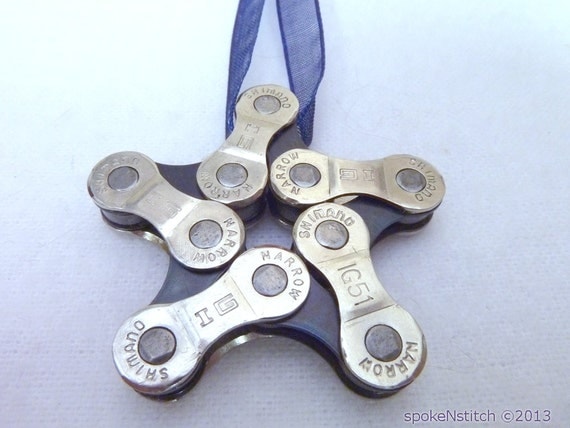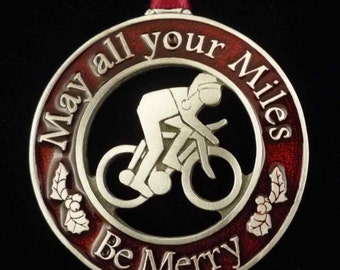From New York City, you can ride north for three days or so (or drive about five hours) and come to Lake George, often called "The Queen of American Lakes".
There's another lake in the area: Placid. Most of you know that the town named for the lake hosted the Winter Olympics, most famously in 1980, when an underdog US Hockey Team beat the mighty Soviet squad. (Many people mistakenly think that the upset occurred in the championship game because the meme "The US beat the Soviet Union for the Gold Medal" has been repeated so many times. The Yanks' victory over the Soviets actually came in the semi-finals.) Lake Placid was also the site of the third Winter Olympiad, in 1932.
Even when there aren't Olympics Games in session, a trip to the lakes and the town--and to surrounding Warren County--is worthwhile. Located in the Adirondacks, the area offers some of the most beautiful fall foliage anywhere as well as all sorts of stunning mountain and lake vistas, as well as many opportunities for hiking, cycling, skiing, canoeing and other outdoor activities.
There was a time, though, when nearly all of the economic activity in Warren County related to farming (especially dairy) and logging. Hardly any of the county's municipalities, including Lake George, Queensbury (the present county seat) and even Glens Falls were barely hamlets, and none of the few roads were paved. During the spring rains, riders of high-wheelers sometimes found themselves slogging through mud that came up to the hubs of their tall front wheels.
Can you imagine cyclo-cross on a high-wheeler? I imagine riding under the conditions I've described were difficult enough on a bike with two wheels of equal size. That might be the reason why, in the days of the first American Bike Boom, a Glens Falls boy named Harry D. Elkes became a World Champion.
In 1964, Howard Mason wrote about Elkes and his upstate New York milieu. Mason could recall the first bicycle he ever saw--a high-wheeler--some seventy-five years earlier. He also mentioned a cycle industry that flourished in the area in spite of the sparse population and the fact that, for much of the year, cycling was all but impossible, given the road conditions and the bicycles available at that time, not to mention the spring rains I've mentioned and the heavy snows that fall from October through April. It was particularly interesting to read about one dealer who, even decades after the Bike Boom died out, wanted no part of the auto business "because of the service after a sale". Cars, and tires especially, were not very reliable in those days.
You can read more about the world of cycling in the 1890's in Warren County on the county Historical Site's website. "Such were the so-called 'good old days' of the '90's," Mason wrote. "You may have them."
There's another lake in the area: Placid. Most of you know that the town named for the lake hosted the Winter Olympics, most famously in 1980, when an underdog US Hockey Team beat the mighty Soviet squad. (Many people mistakenly think that the upset occurred in the championship game because the meme "The US beat the Soviet Union for the Gold Medal" has been repeated so many times. The Yanks' victory over the Soviets actually came in the semi-finals.) Lake Placid was also the site of the third Winter Olympiad, in 1932.
Even when there aren't Olympics Games in session, a trip to the lakes and the town--and to surrounding Warren County--is worthwhile. Located in the Adirondacks, the area offers some of the most beautiful fall foliage anywhere as well as all sorts of stunning mountain and lake vistas, as well as many opportunities for hiking, cycling, skiing, canoeing and other outdoor activities.
There was a time, though, when nearly all of the economic activity in Warren County related to farming (especially dairy) and logging. Hardly any of the county's municipalities, including Lake George, Queensbury (the present county seat) and even Glens Falls were barely hamlets, and none of the few roads were paved. During the spring rains, riders of high-wheelers sometimes found themselves slogging through mud that came up to the hubs of their tall front wheels.
Can you imagine cyclo-cross on a high-wheeler? I imagine riding under the conditions I've described were difficult enough on a bike with two wheels of equal size. That might be the reason why, in the days of the first American Bike Boom, a Glens Falls boy named Harry D. Elkes became a World Champion.
In 1964, Howard Mason wrote about Elkes and his upstate New York milieu. Mason could recall the first bicycle he ever saw--a high-wheeler--some seventy-five years earlier. He also mentioned a cycle industry that flourished in the area in spite of the sparse population and the fact that, for much of the year, cycling was all but impossible, given the road conditions and the bicycles available at that time, not to mention the spring rains I've mentioned and the heavy snows that fall from October through April. It was particularly interesting to read about one dealer who, even decades after the Bike Boom died out, wanted no part of the auto business "because of the service after a sale". Cars, and tires especially, were not very reliable in those days.
You can read more about the world of cycling in the 1890's in Warren County on the county Historical Site's website. "Such were the so-called 'good old days' of the '90's," Mason wrote. "You may have them."












